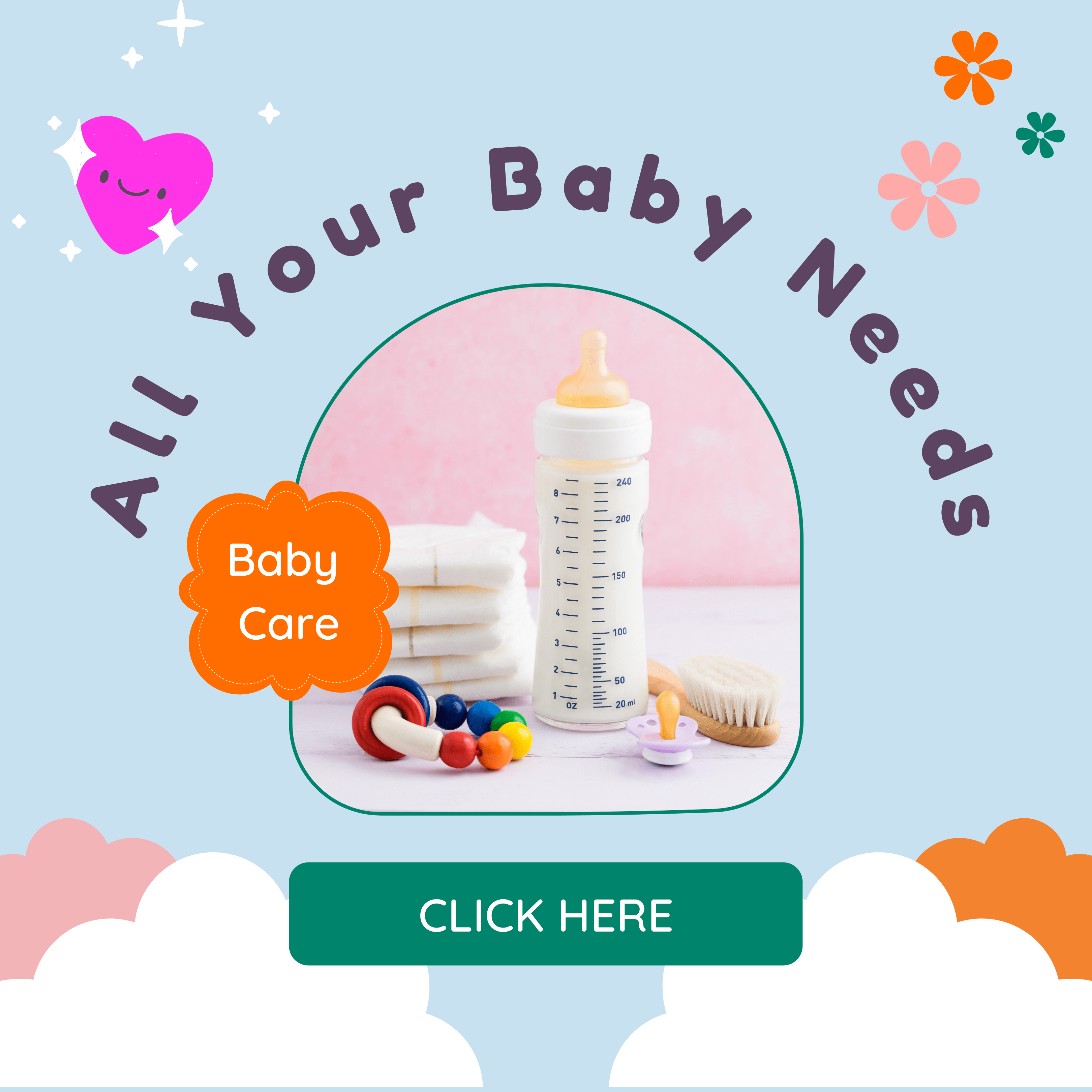For parents, the safety of the children always comes first while traveling in a vehicle. However, many parents fail to realize that car seats are as significant as seat belts to keep young children safe.
Every year, thousands of child passengers succumb to injuries from car crashes. In most cases, the cause for fatal injuries is the lack of adequate safety restraints.
Fortunately, appropriate seats can prevent car accident deaths of children. Parents should ensure proper installation of safety devices and see that the harness restrains the child safely in the car seat.
Car seats for children vary according to age, height, and weight. Read on for information on different types of child car seats.
Our Top Picks For Best Car Seats

R for Rabbit Convertible Baby Car Seat Jack N Jill ECE R44/04 Safety Certified Car Seat for Kids of 0 to 5 Years
LuvLap Premier Car Seat for Baby & Kids from 15 Months to 12 Years (Black)
Types of Safety Seats for Children
Car seats for children vary according to age, height, and weight. Read on for information on different types of child car seats.
Best Car Seats for 0-2 years
– Rear-facing-only or infant car seat
– Rear-facing convertible seat
Infants should ride in a rear-facing car seat for at least two years. They should reach the maximum height and weight permitted by the seat manufacturer before switching to a forward-facing seat. Babies and toddlers have soft necks that cannot support their heads. A rear-facing seat absorbs the force of the crash and distributes it evenly along the body, protecting the head, neck, and spine.
Best Car Seats for 3-6 years
– Forward-facing convertible seat
– Forward-facing seat with a five-point harness
Once a child outgrows the limit for a rear-facing seat, they are ready to ride in a forward-facing seat with a five-point harness. The purpose of the harness is to keep the child restrained in the seat by holding the shoulders, pelvis, and hips in the correct position. Forward-facing seats also have side bolsters that absorb the energy from a collision.
Recommended reading: Tips To Get Your Child Sit In A Car Seat
Best Car Seats for 7-12 years
– Booster seat
Kids in this age group can use a booster seat that adjusts their height so that the adult seat belt of the vehicle fits them well.
Best Car Seats for 13 and older
Children who are tall and large enough for an adult seat belt should ride in the back seat and use shoulder and lap belts for extra protection.
Our key considerations for selecting these products are safety features, longevity, user reviews and personal experience.
Why Are Seat Belts Not Enough?
Seat belts are synonymous with car safety. They keep you safe as car manufacturers make them for adult bodies. As a result, they cannot provide the same protections for children.
The three-point seat belt secures the upper body and pelvis of an adult firmly to prevent the person from sustaining injuries during an impact or when the car stops abruptly. In a collision, belts protect passengers from being thrown out of the vehicle. When you place a toddler in a usual car seat, the grasp of the belt is likely to be on the wrong spots like the neck and stomach. An improperly fastened seat belt can seriously harm a child. A loosely fitted seat belt could also mean sliding from the seat. On the other hand, car seats designed for children fit them correctly and provide better protection.
Driving slowly and carrying the child on your lap is not safe enough. Make sure to buckle them properly in seats appropriate for their age and size next time you go for a ride.
Recommended reading: Best Parenting Advice I Have Ever Received









